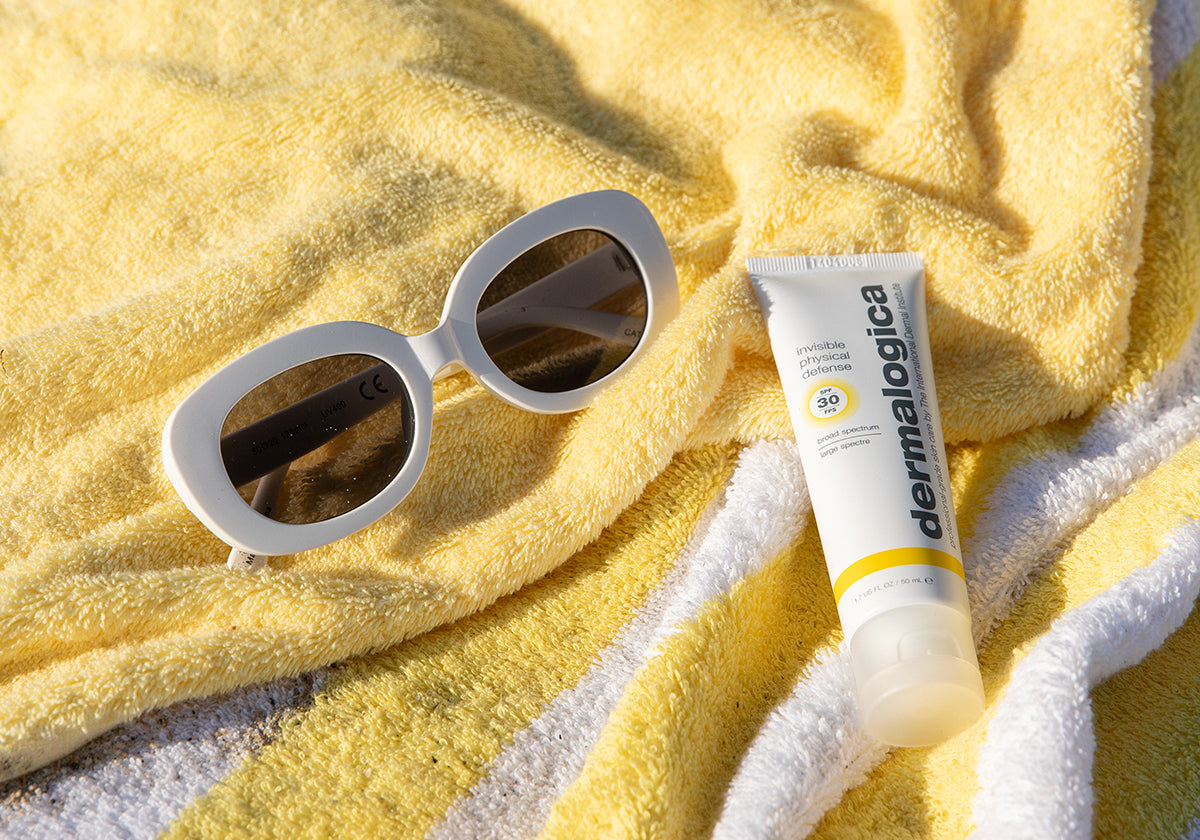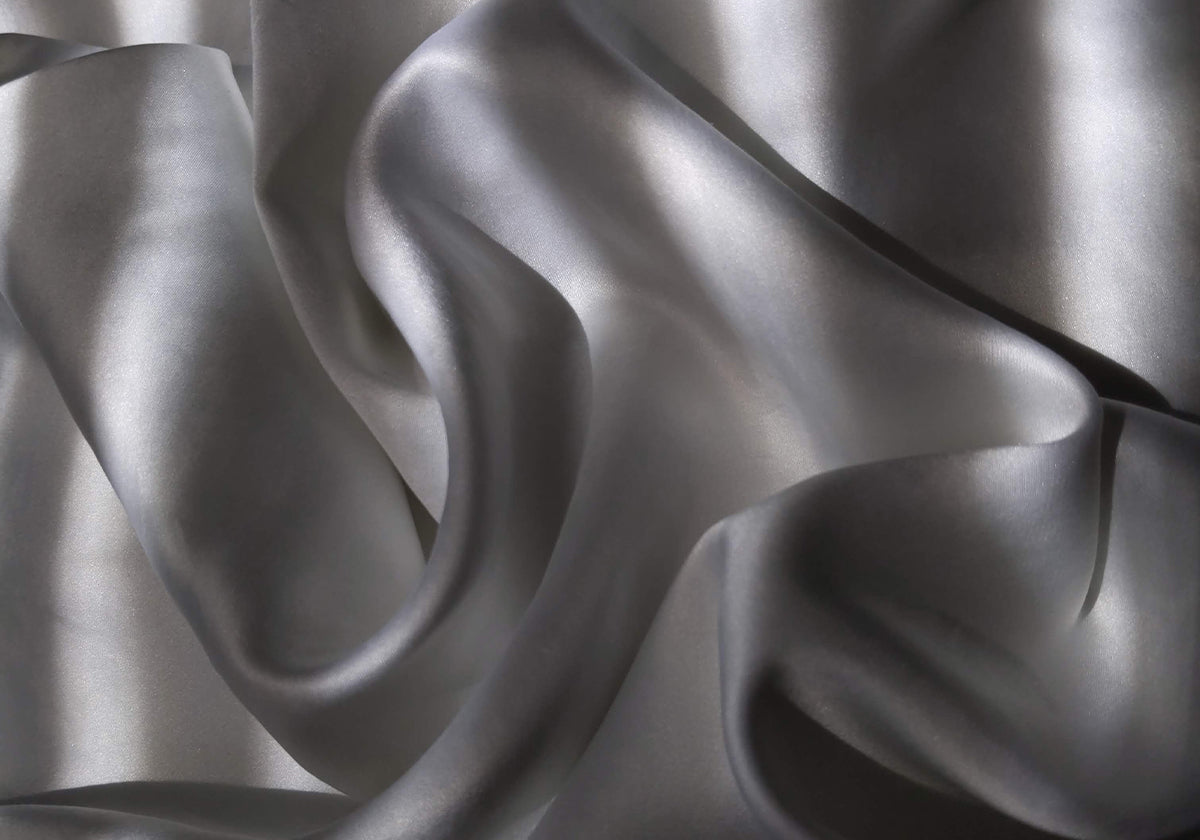Physical vs. Chemical Sunscreen

There are two main types of sunscreen: physical and chemical. Both have their own unique properties and benefits, and both help protect skin from UV rays.

The benefits of physical sunscreen
Physical sunscreen, also called mineral sunscreen, sits on top of skin. Most physical sunscreens leave a white or tinted residue on skin, but newer formulas like Dermalogica's Invisible Physical Defense SPF 30 have been made ultra-sheer to help prevent a chalky effect. To identify this type of sunscreen, look for the words "mineral," or "physical," as well as active ingredients like Zinc Oxide or Titanium Dioxide.
Physical sunscreen:
- Helps protect against UVA and UVB rays
- Protects as soon as it’s applied – there's no need to wait before exposing skin to daylight
- Is generally comfortable for all skin types and conditions, particularly sensitive skin
The benefits of chemical sunscreen
Chemical sunscreens use ingredients that absorb into skin and transform UV rays into heat. This type of sunscreen tends to be popular because it feels light and looks unnoticeable.
Chemical sunscreen:
- Helps protect against UVA and UVB rays
- Needs time to absorb – 15 to 30 minutes – before exposing skin to daylight
- Is generally comfortable for most skin types and conditions
- Tends to be more water- and sweat-resistant
What sunscreen to use
It all comes down to which formula you like wearing the most. Any sunscreen is better than no sunscreen to help protect your skin from UV damage - that's why we stock a range of SPF moisturisers and sunscreens that suit different preferences and lifestyles. To find out which sunscreen is right for you and your skin type, chat with one of our Skintopia professional skin therapists.






